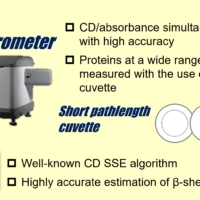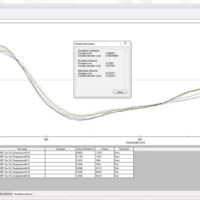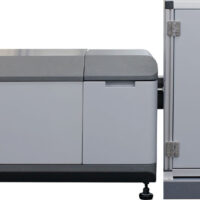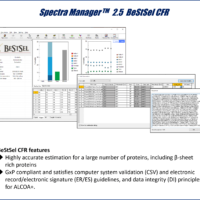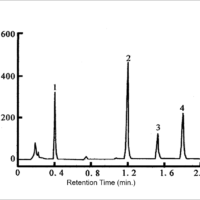Introduction
Warfarin is an anticoagulant used for the treatment and prevention of thromboembolism such as myocardial infarction. In Japan, warfarin potassium is also used as a medicine. Both the S enantiomer and the R enantiomer of warfarin show different pharmacokinetics and physiological activity.
The Circular Dichroism detector is well known for its high accuracy and selectivity for chiral analysis of compounds that have chromophores close to the chiral center. Both CD and UV signals are measured simultaneously and spectral scanning can be used to optimize the wavelength of interest, which is important in the measurement of chiral compounds. Not only can the CD detector help differentiate between two enantiomers, but it can also distinguish between achiral impurities and enantiomers of interest.
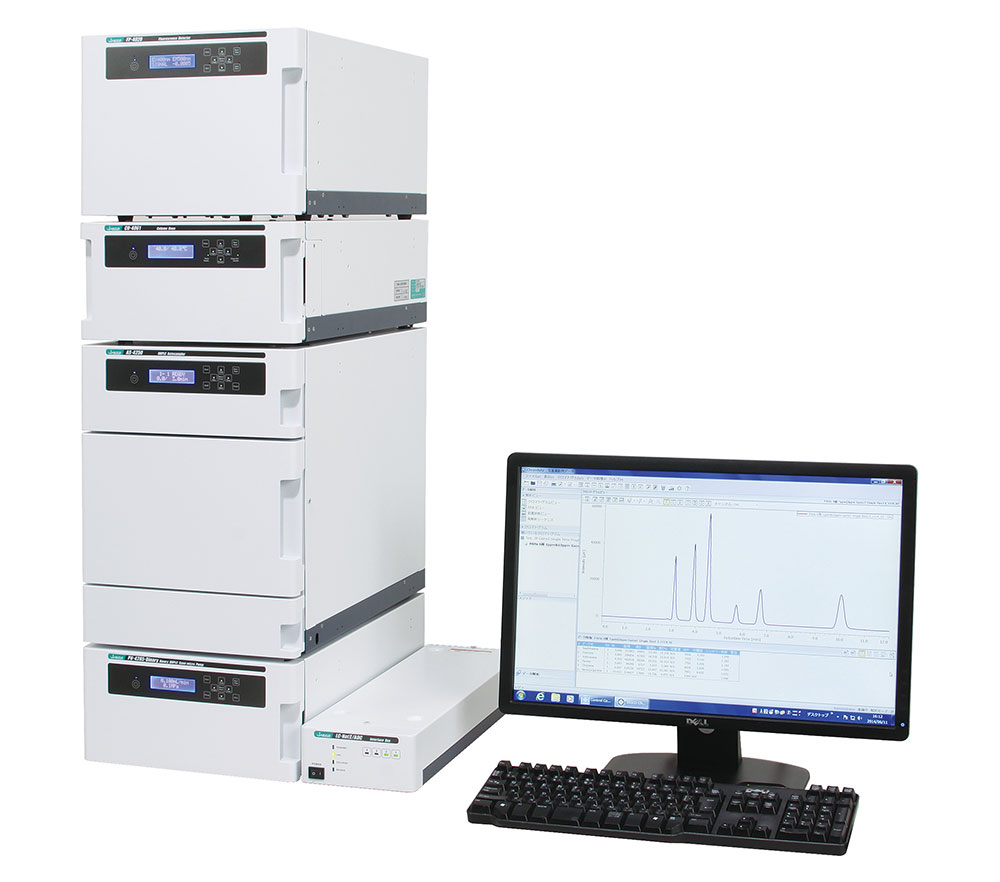
LC-4000 HPLC system
Experimental
Chromatographic conditions
Column: CHIRALPAK OD-RH (4.6 mmI.D. x 150 mmL, 5 µm)
Eluent A: Phosphoric acid aqueous solution (pH 2.0)
Eluent B: Acetonitrile
Composition: Eluent A/B (50/50)
Flow rate: 0.5 mL/min
Column temp.: 25ºC
Wavelength: 270 nm
Response: 1 sec
Scan speed: 10 nm/sec
Injection volume: 10 µL
Standard sample: 200 µg/mL racemic warfarin in eluent A/B (50/50)

warfarin
Results
Figure 1 shows the chromatograms of the racemic warfarin standard. Figure 2 shows CD and UV spectra (measured by spectral scanning).
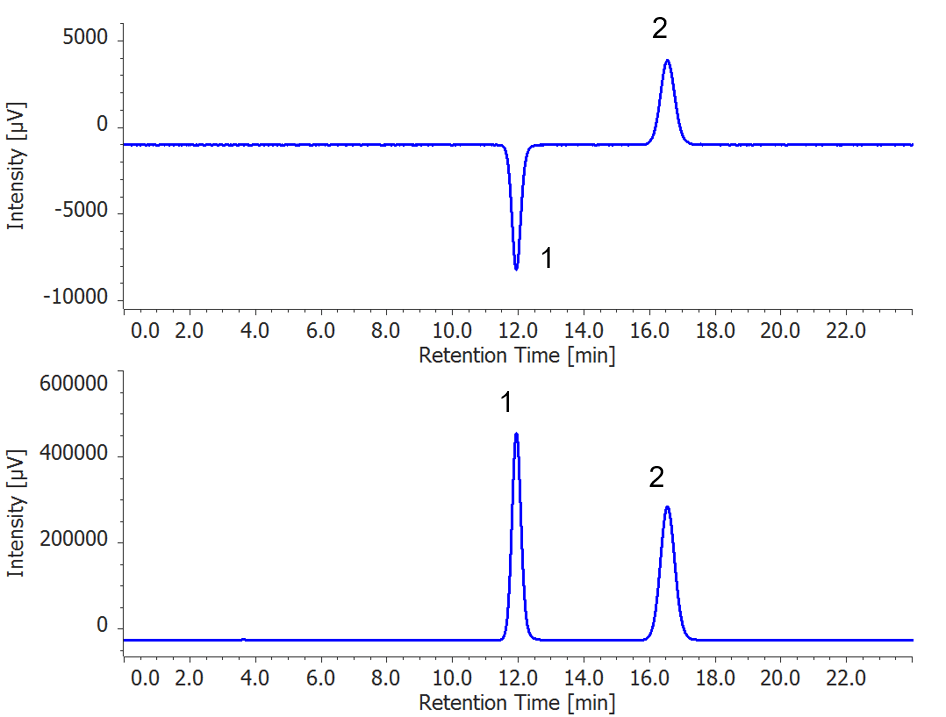
Figure 1. Chromatogram of warfarin standard (Top: CD detection, Bottom: UV detection)
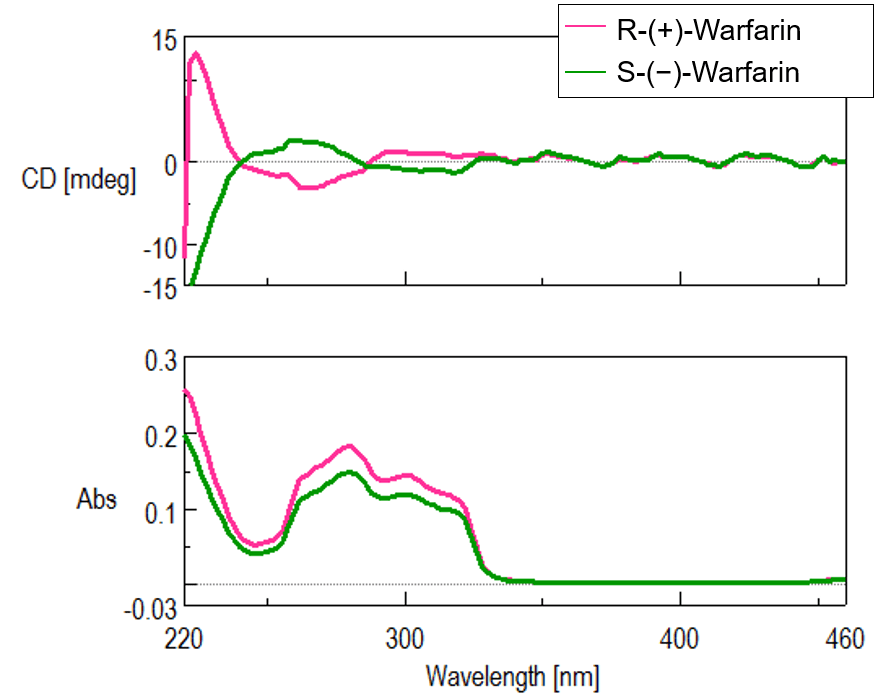
Figure 2. Spectral measurement (Top: CD, Bottom: UV)

